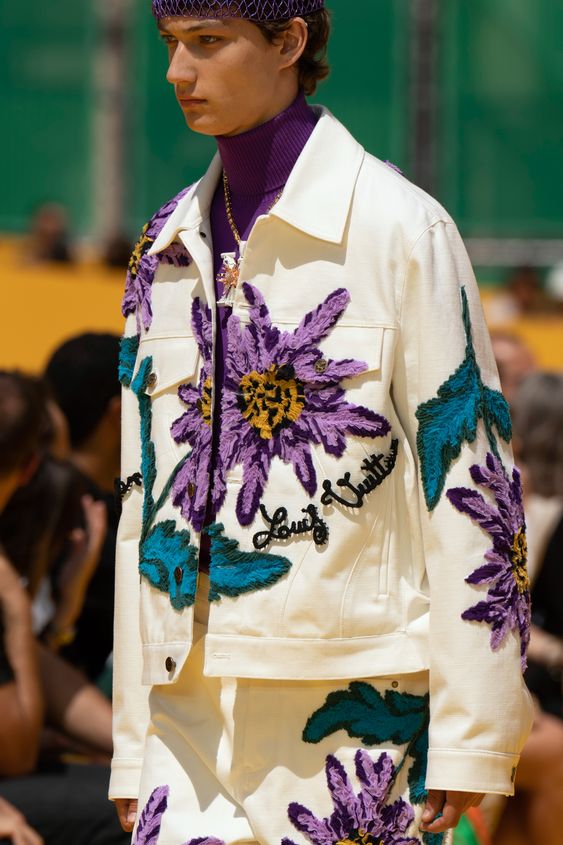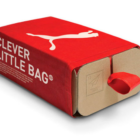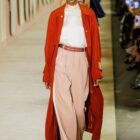
When we hear the term “transformable” fashion when we give an account of a garment which has been designed so its appearance can be easily modified – either by the wearer or by a supplier – making customers feel more emotionally attached to it by being sustainable plus delaying its psychological obsolescence. Not only is it productive, but it also places the creative process on how to wear it in the hands of who’s wearing it. With its mix-and-match alternatives, the final result becomes a personal statement offering a sustainable option to express each person’s identity.
Konundrum is a German clothing brand, – founded in 2020 by Jan-Philipp Kosfeld and Annika Langhammer, graduates of Central Saint Martins – which specializes in sustainable modular jackets and coats. The brand seeks to supply and adapt to today’s and tomorrow’s outerwear sustainable needs. Pursuing a modular design process following architecture’s theories and a timeless efficiency across industrial design offering an ever-growing range of sustainable pieces to choose from.
“By breaking garments down into parts, it allows shoppers to participate in the design process by co-creating garments tailored specifically to their aesthetics and needs.”
An example of changeable layered dresses is Yohji Yamamoto’s Spring/Summer 1999 collection and Chalayan’s 2013 collection. Some of the benefits found in modular transformable fashionable pieces are, its ability to be disassembled and reassembled, – given its versatility – the fact that this sustainable quality encourages consumers to buy fewer items of clothing, it allows specific piece or pieces within a garment to be replaced rather than buying a whole new one as well plus it requires less washing processes as consumers can opt to clean only the parts of the garment that gets dirty most easily.
“Transformable fashion is the antidote to address society’s inherent need for freshness without the environmental and financial repercussions of fast fashion.”
From Coach, Awake Mode, Burberry, Salvatore Ferragamo, Versace and Chloé, amongst others, have developed and shown in catwalks the “quilt clothing” trend – known as a practical technique for generating warmth during winter – made of fabric scraps. A trend that has been and will continue to be present as one of the strongest during the following seasons. Why is this? Some of its advantages are an increase in the demand towards the craft and manual artisanal skills as well as a support for designers who work in favor of protecting the environment.
An appreciation for craftsmanship and handmade products maps out the hand-painted trend. Looking back at Harry Styles wearing hand-painted Bode pants for the December cover of Vogue, Gucci presenting a collection of hand-painted garments during the spring/summer 16 runway and Scottish designer Christopher Kane, who used pandemic restrictions to create her hand-painted ”Home Alone” spring/summer 2021 collection.
“I spent most of the day painting faces and mindscapes. Painting during lockdown replaced the void of making collections. It became a way to escape from my own mind, without rules, deadlines or pressure. I paint with acrylics, glue and glitter. The paintings are sticky, messy and the result is always uncertain. I think that’s why I love him so much.”
When we talk about trends, we cannot leave the Metaverse behind, highlighting the importance of 3D printing as the beginning of a whole new wave of brand experiences deeply thought and designed for their market. The Metaverse presents great advantages for the fashion industry of the sort of having the possibility to create small batch sizes and eliminating the need to wait weeks or months for shipments abroad. From 3D printed clothing to 3D printed footwear and accessories, the possibilities are endless.
Zac Posen created a 3D printed dress called “Rose” for his 2019 New York Met Gala in collaboration with GE Additive and Protolabs which was produced with 3D printed rose petals using SLA technology, displaying 3D printing’s versatility. Similarly, Julia Kerner – an award-winning designer who works in architecture, product and fashion design, specializing in additive manufacturing and robotics technology – brought costumes from the movie Black Panther to life through 3D printing.
“It was important that the fashion pieces did not look handmade and incorporated the technological aspect of something generated by computer algorithms. Therefore, we use visual programming software to develop the part geometries and experiment with the complexity and behavior of the material.”





